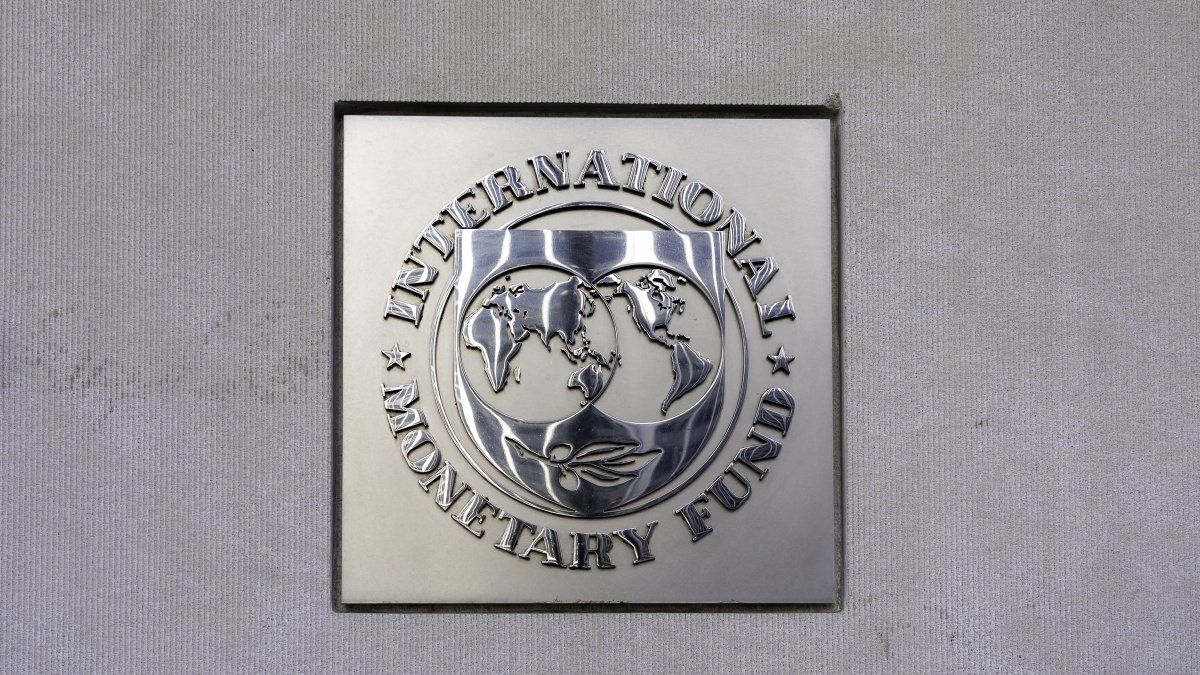The government of Javier Milei, who ratified the agreement with a decree of necessity and urgency (DNU) this week, hopes obtain the final approval of the IMF directory before the end of the first four -month period of 2025. According to an estimate of Romano Group, Interest payment would not be modified in the new agreement, which makes the annual rate around 6.47% Among the different concepts that integrate it. This rate is lower than the country could get in the international market, where it is estimated that it would be 11.43% per year.
Screen capture 2025-03-13 082540.png
How the current IMF rate is composed
The negotiated rate with the IMF is similar to the one that Argentina already pays for the existing debt with the fund, which amounts to about US $ 41,000 million. It is estimated that the new funds could be between US $ 10,000 YU $20,000 million, and would be used to strengthen andl Balance of the Central Bank and eliminate capital controls.
In terms of componentsthe rate of 6.47% includes a base of 3.12%, a basic margin of 0.60%, an surcharge per amount of 2% and a surcharge for 0.75%. In addition, Argentina will benefit from a recent reduction in the overflow, which went from 1% to 0.75%.
The new agreement will contemplate a 10 -year period to amortize capital, with a 4.5 -year grace period. Although the structure of interest payments will not change, it will be adjusted based on the Deg rate (special turn rights).
One of the novelties of the agreement is that, although The debt consolidated in dollars would increase, the government ensures that the total gross debt will decrease, in part by a cancellation of debt to nominal value.
The new financing will help Argentina avoid the high rates of the international market, but the country must maintain fiscal discipline, lower the country risk and meet the objectives established by the IMF to access global capital markets at more competitive rates.
“We see this credit operation a scheme potentially beneficial to the extent that it allows a greater patrimonial strengthening of the BCRA, where there is reduction of pressures in the exchange market, gives rise to an acceleration in the Changing control output process while allowing access to credit and with it the role of debt so necessary for Argentina. Logically, to the extent that these objectives are not fulfilled will begin to show your shortcomings (Having borrowed for more money with the IMF), although for the moment and under the current exchange rate regime, we do not expect something similar to what happened under the management of Macri where the agreement with the IMF ended with a great negative connotation among the Argentines, “said Romano Group analysts.
An international bank said that with US $20,000 you could leave the stocks
According to a report sent on Tuesday to its clients by the American Bank Citi, Argentina could eliminate this year the exchange rate if it reaches an agreement with the International Monetary Fund (IMF) higher than US $20,000, or if contributions are added from other organisms that allow you to approach that figure. Citi’s analysis was based on the decree of necessity and urgency (DNU) with which the government of Javier Milei authorized the negotiations with the IMF. The bank stressed that, although the decree mentions the possible uses of the funds, it does not specify details about the conditionalities, amounts or the operation rate.
According to Citi, The agreement with the IMF is probably among the US $ 15,000 YU $ 20,000 millionwith a possible impulse of up to US $ 5,000 million institutions such as the World Bank (BM) and the Inter -American Development Bank (IDB). If these additional funds are specified, or if the agreement with the IMF exceeds US $20 billionArgentina would have the necessary resources to eliminate capital controls this year.
Source: Ambito
I am a 24-year-old writer and journalist who has been working in the news industry for the past two years. I write primarily about market news, so if you’re looking for insights into what’s going on in the stock market or economic indicators, you’ve come to the right place. I also dabble in writing articles on lifestyle trends and pop culture news.




